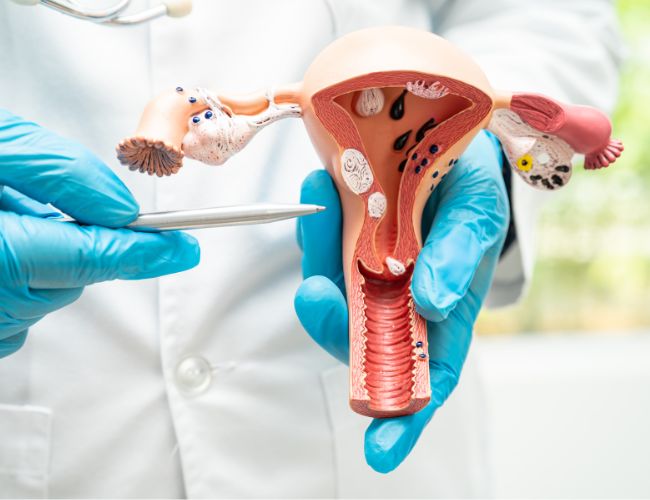Dr. Hanan Bazzi performs a wide range of procedures and surgeries related to the female reproductive system.

- Tubal ligation (sterilization)
- Diagnostic laparoscopy: Endometriosis, lysis of adhesions, ectopic pregnancy
- Hysterectomy: Vaginal, laparoscopic, abdominal
- Hysteroscopy with: Polypectomy, myomectomy, endometrial ablation
- Cone biopsy/ LEEP
- Ovarian cystectomy
- Bilateral salpingo-oophorectomy
- Labiaplasty
- Vaginoplasty

